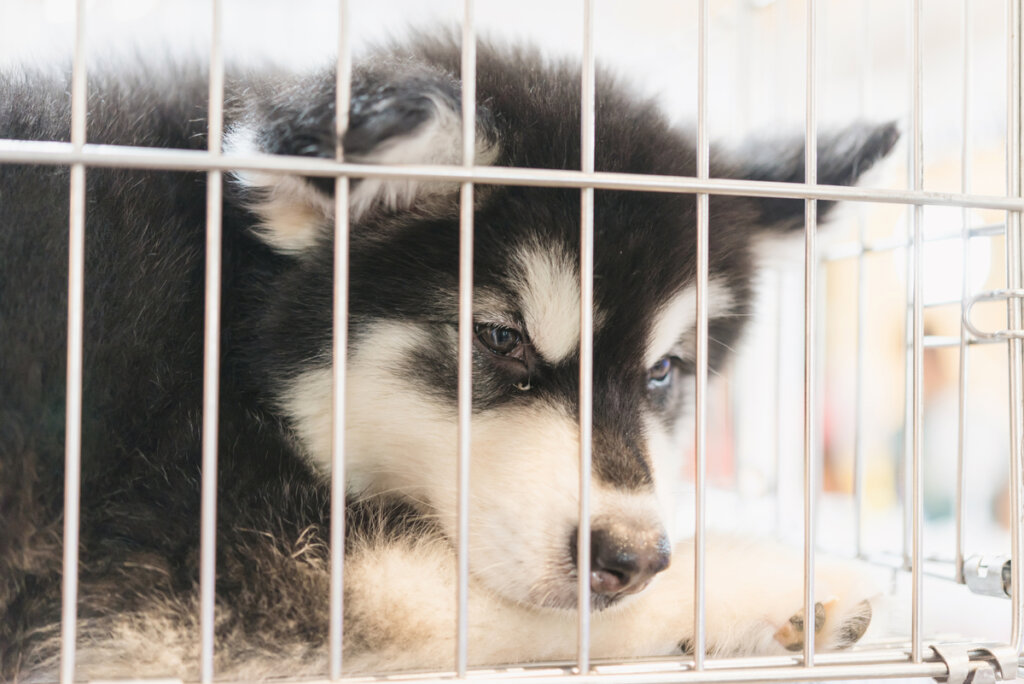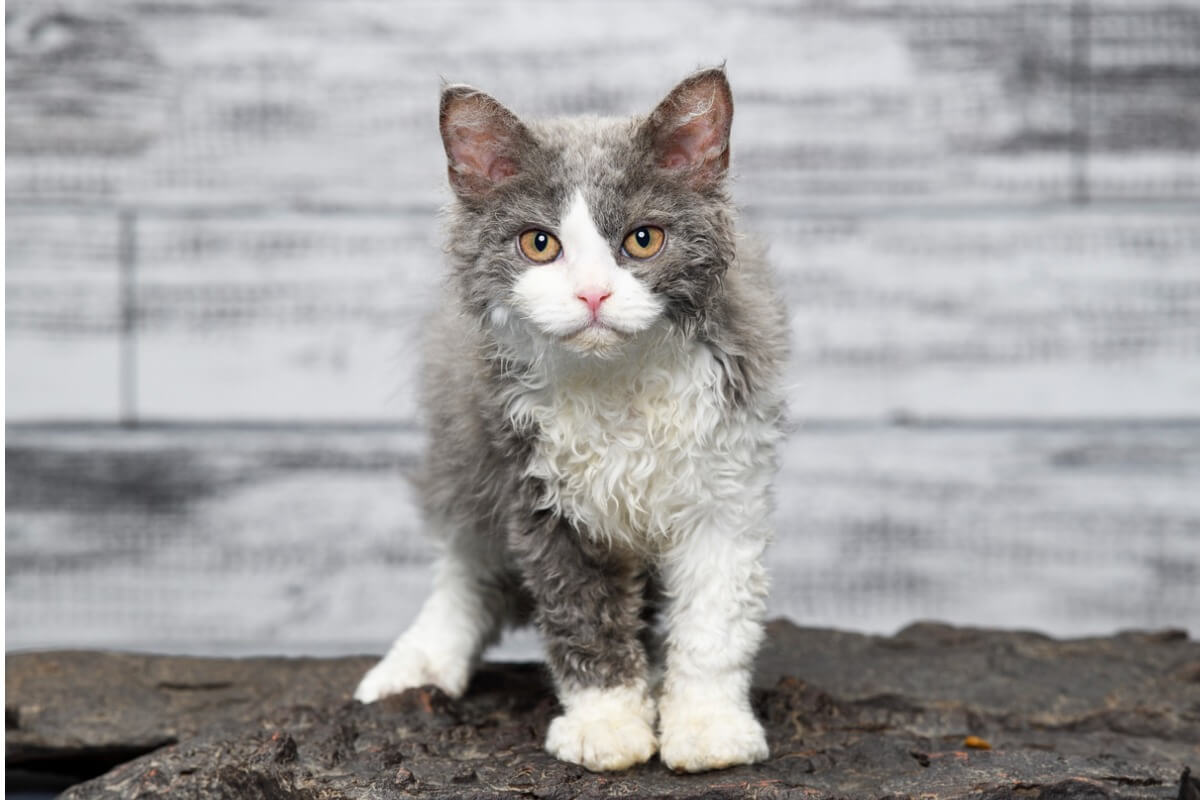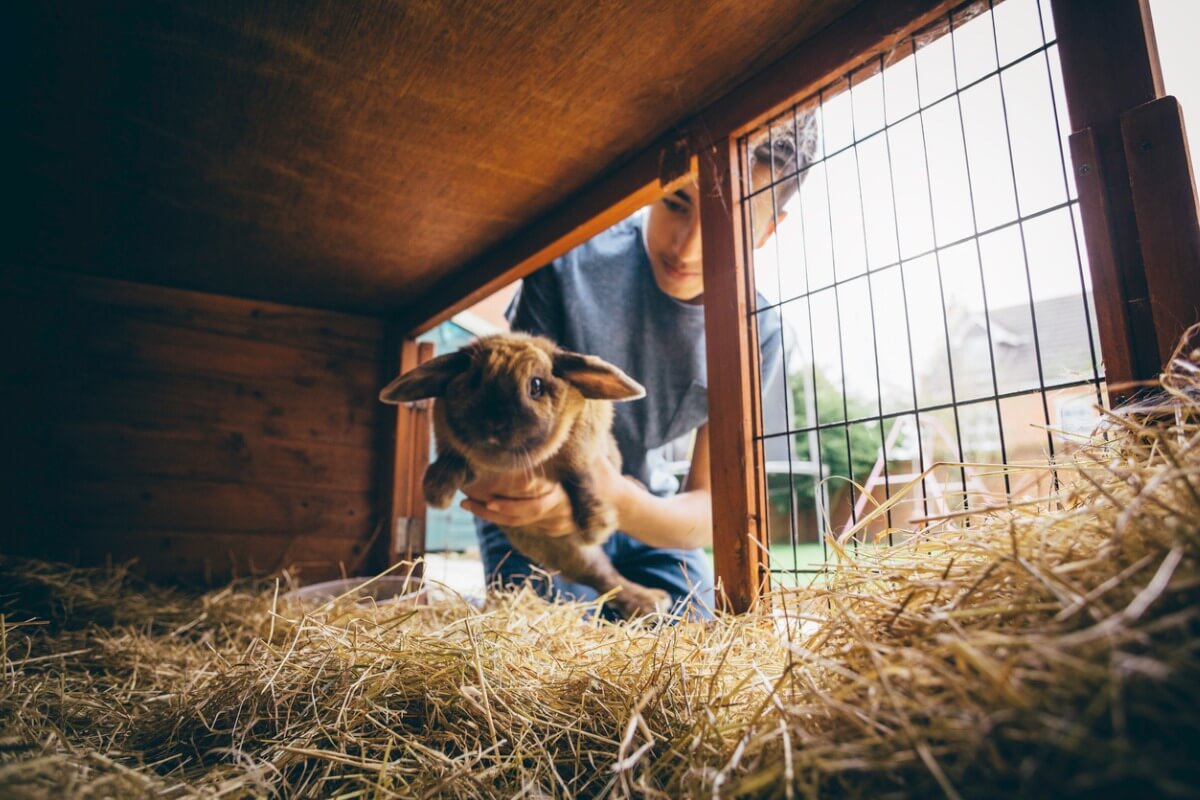New York Bans Pet Stores from Selling Cats, Dogs and Rabbits

From North America comes some good news for animal lovers. New York is banning pet stores from selling dogs, cats and rabbits, forcing them to collaborate with shelters to encourage adoption. This law will be effective as of 2024, and the establishments will have to cease this activity.
What is behind this law? What debates does it raise? Is it economically sustainable? Let’s take a detailed look at the origin of this guideline, as well as its implementation and the debate around it. Don’t miss a thing.
New York bans the sale of 3 species in pet stores

In December 2022, S.1130/A.4283 was passed, banning the sale of dogs, cats and rabbits in pet stores. Although it was intended to be effective by 2023, it has been delayed until 2024 to allow time for stores that were exclusively dedicated to this activity.
New York is the second state to implement this law, behind California.
However, the prohibition of displaying them behind store windows isn’t included here. As this practice has been replaced by a permit to collaborate with animal shelters, animal shelters may be charged for using these windows to promote the adoption of their refugees.
Neither does this law regulate the practices of puppy mills, which breed dogs and other animals for sale in small businesses. These businesses make about $100 billion a year.
The thinking behind the law
The governor who signed the law, Kathy Hochul, said that New York’s dogs, cats, and rabbits deserve a loving home and humane treatment. The goal behind it, she states, is to prevent the trafficking of animals within the state of New York, as these macro farms are known to ship animals with severe health and behavioral problems due to the poor conditions they live in.
This, in addition to being considered an affront to the animals themselves, often costs the buyers extra outlays on veterinarians and educators.
They also stated that, even though no control is established over this type of macro breeding farm, they do want to control what is in the state’s stores. In addition, in this way, an extra opportunity is given to the shelters to encourage adoption, as the contrast between the production of the farms and the overcrowding of the shelters is more than striking.
The debate: breeders versus activists
This law isn’t exempt from debate, as many different people are involved in its application. On the one hand, there are obviously the private breeders, store owners, and puppy mill owners, who claim that their business will go bankrupt with this new law. They also allude to the responsibility of the buyer, who according to them, is the one who dictates the aesthetic trends of the breeds of dogs, cats, and rabbits with their demand.
On the other hand, we have the animal associations, which base their defense of the law on several points. Below is a summary of these points:
- New York prohibits the sale of dogs, cats and rabbits in its stores, but not the activity of breeders.
- The living conditions of the animals in these places are full of mistreatment, and these aren’t isolated cases. Many investigations show dog being forced to give birth until their bodies are consumed, puppies separated before weaning, mountains of dirt etc etc.
- While the population spends money to buy animals, others never leave the shelter and the shelters are always overcrowded.
- Other species of animals, such as birds, fish, or insects, are not covered by this law and also deserve protection.
- Most of the suppliers of puppies come from other states, so these farms won’t go out of business as long as there are other places that continue to buy from them.
The slow progress of animal rights

This law is a small step forward in curbing the buying and selling of animals in the United States. However, because it’s so restricted, it has no real impact on animal trafficking, although it’s useful for continuing to raise public awareness.
However, with every animal rights measure comes an opposing response. We mustn’t stop working. Animal welfare is slowly starting to creep into people’s consciences and with animal abuse so deeply rooted in human culture, there’s always the possibility of going back to square one.
So let’s not lose sight of the quality that unites us all – empathy. The love you feel when you look your animal in the eye is real, and so is the suffering of all these beautiful animals. Let’s celebrate, protect, and enjoy sharing our planet with such wonderful beings.
All cited sources were thoroughly reviewed by our team to ensure their quality, reliability, currency, and validity. The bibliography of this article was considered reliable and of academic or scientific accuracy.
- NY State Senate Bill S1130. (2022, 20 diciembre). NY State Senate. https://www.nysenate.gov/legislation/bills/2021/S1130
- Governor Hochul Signs Legislation to End the Puppy Mill Pipeline. (s. f.). Governor Kathy Hochul. https://www.governor.ny.gov/news/governor-hochul-signs-legislation-end-puppy-mill-pipeline
- Stopping Puppy Mills. (s. f.). The Humane Society of the United States. https://www.humanesociety.org/all-our-fights/stopping-puppy-mills
- The Associated Press. (2022, 18 diciembre). New York bans pet stores from selling cats, dogs, rabbits. NBC News. https://www.nbcnews.com/news/us-news/new-york-bans-pet-stores-selling-cats-dogs-rabbits-rcna62297
